Integrated Office Furniture: The Efficient Solution for Modern Workspaces
In today's fast-paced business environment, office spaces need to be efficient, flexible, and conducive to productivity. Integrated office furniture, also known as modular office furniture, offers a solution that meets these demands. This blog will explore what integrated office furniture is, its benefits, common types, factors to consider when choosing it, and future trends in the industry, including the concept of Activity Based Working (ABW).
1. What is Integrated Office Furniture?
Integrated office furniture is designed to combine multiple office functions and components into a single cohesive unit. This approach streamlines the workspace, incorporating elements such as office desks, storage cabinets, bookshelves, and cable management systems into one unified piece. The design philosophy behind integrated furniture focuses on maximizing efficiency, flexibility, and aesthetic appeal.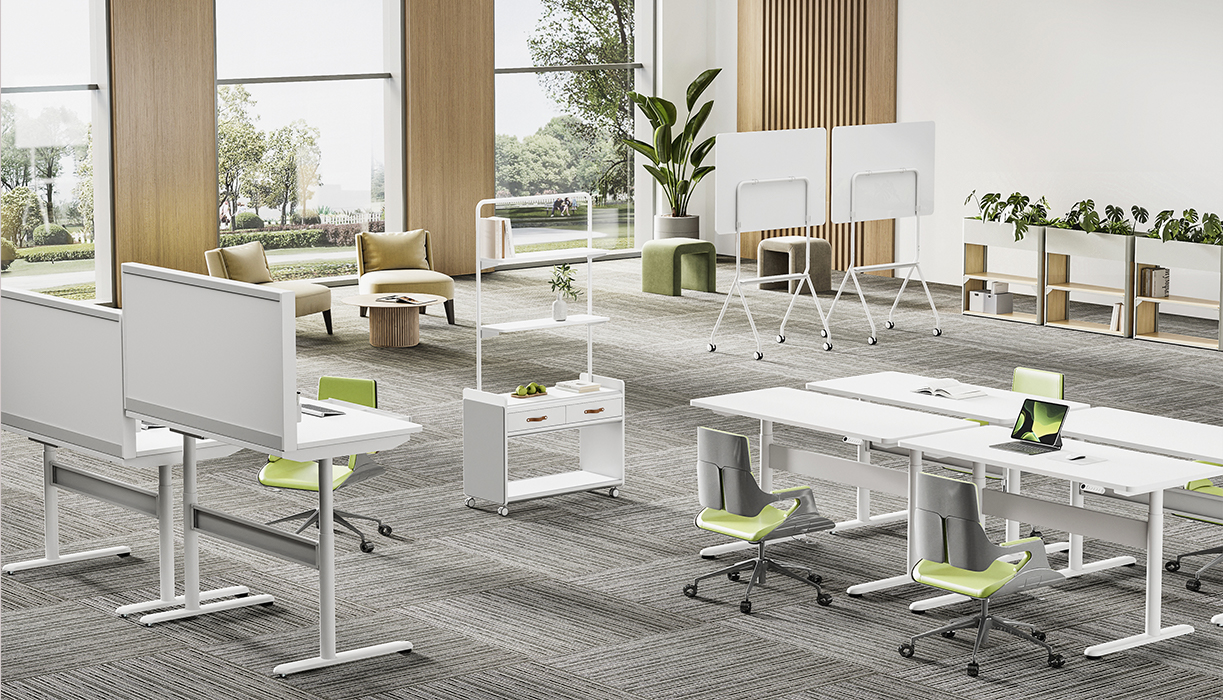
2. Key Advantages of Integrated Office Furniture
· Space Optimization
Integrated office furniture is ideal for maximizing the use of limited office space. By consolidating multiple pieces into one, it frees up floor space, making it perfect for small offices or open-plan environments. For example, a single unit might combine a desk, storage, and shelving, eliminating the need for separate pieces.
· Multifunctionality
These furniture units are designed to serve various office needs in one compact form. Common features include adjustable desk heights, built-in power outlets and USB ports, and mobile filing cabinets. This multifunctionality allows for a versatile workspace that can adapt to different tasks and users.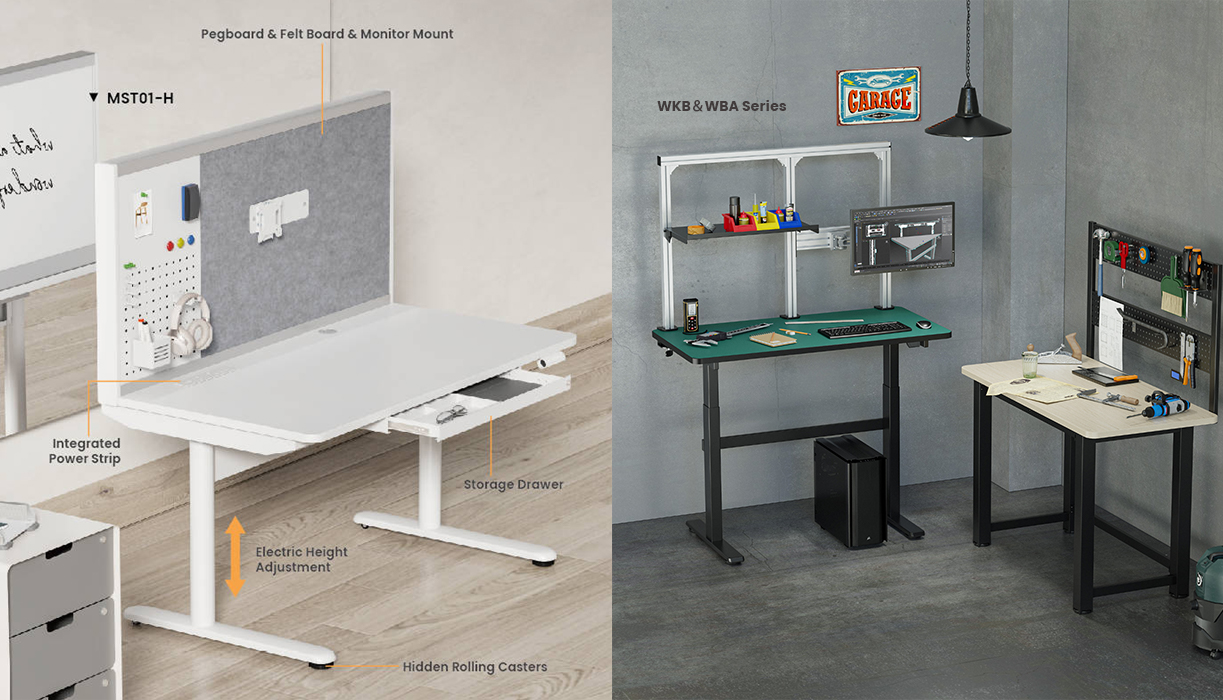
· Ease of Installation and Mobility
The integrated design of these furniture pieces often makes them easier to install compared to assembling multiple separate pieces. Some units are modular and mobile, allowing for easy reconfiguration and movement, which is beneficial for dynamic office environments. Transitioning in and out of different work settings —— individual activities such as focus work, collaborative activities such as presentations or brainstorming, and others such as much-needed relaxation or technical activities. Teams work in small neighborhoods, while groups needing separation have their own zones, buffered by support functions for confidentiality. Collaboration spaces are in high-traffic areas, near the action and away from quiet, focused work zones.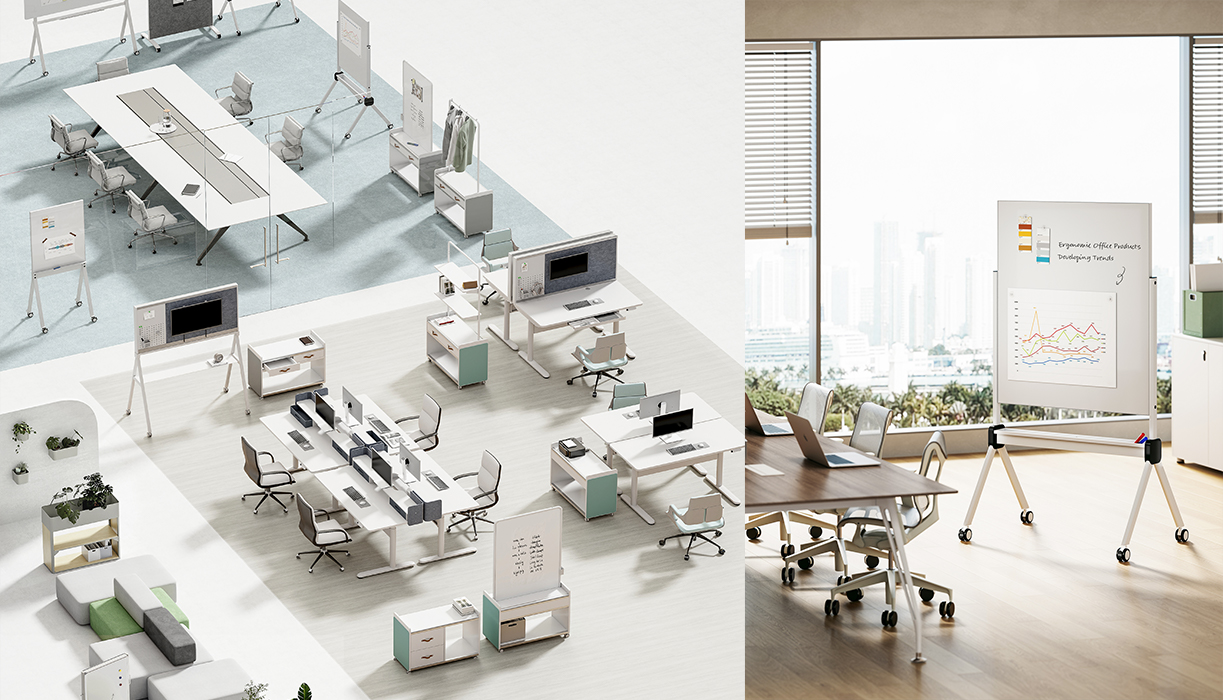
· Aesthetic Consistency
Integrated office furniture typically has a uniform appearance, which enhances the overall look of the office. A consistent design helps create a cohesive and professional environment, reflecting well on the company’s image.
3. Common Types and Designs of Integrated Office Furniture
· Desks and Modular Workstations
These units often include integrated bookshelves, storage cabinets, and cable management systems. Some designs feature height-adjustable desks, allowing users to switch between sitting and standing positions, promoting better health and productivity. Some mobile desks/workstations are designed to be flexible and adaptable, making them ideal for dynamic office environments. They can be easily reconfigured to accommodate different team sizes and project requirements, aligning with the principles of Activity Based Working (ABW).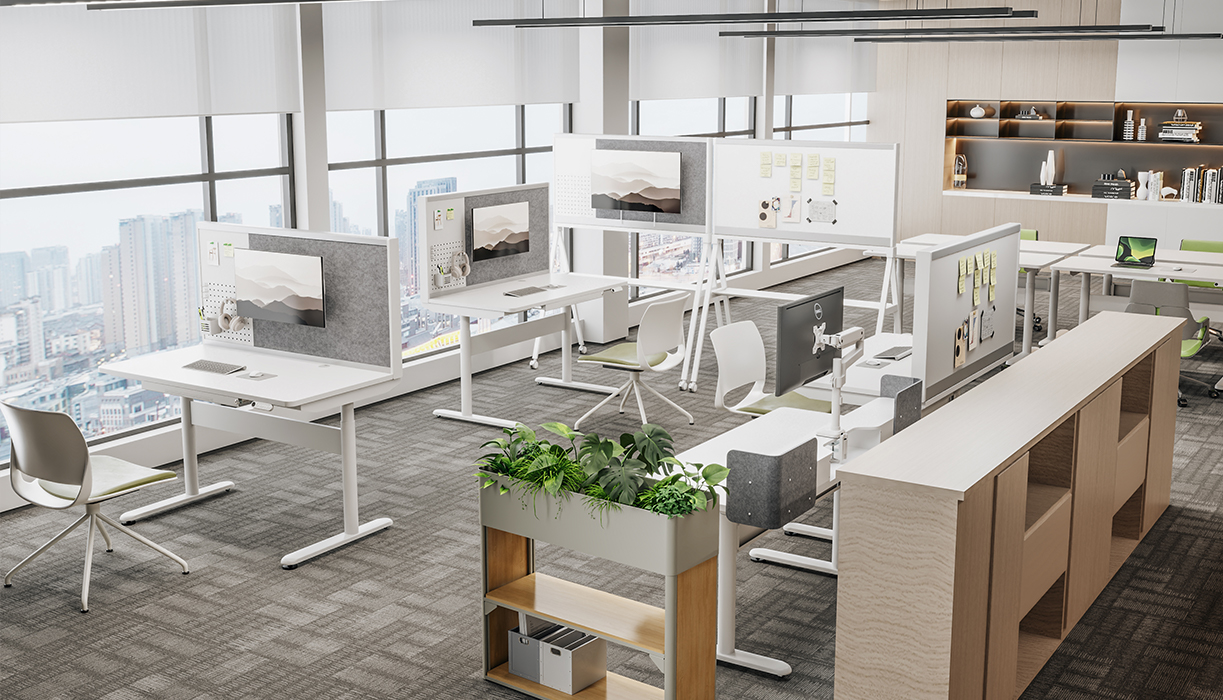
· Storage Solutions
Integrated storage units come with built-in filing cabinets, shelves, whiteboards, and drawers. They provide ample space for organizing office supplies, documents, and personal items, all within easy reach. LUMI provides perfect solutions such as MCT01 Series FLEXMO storage trolleys, and mobile cabinets.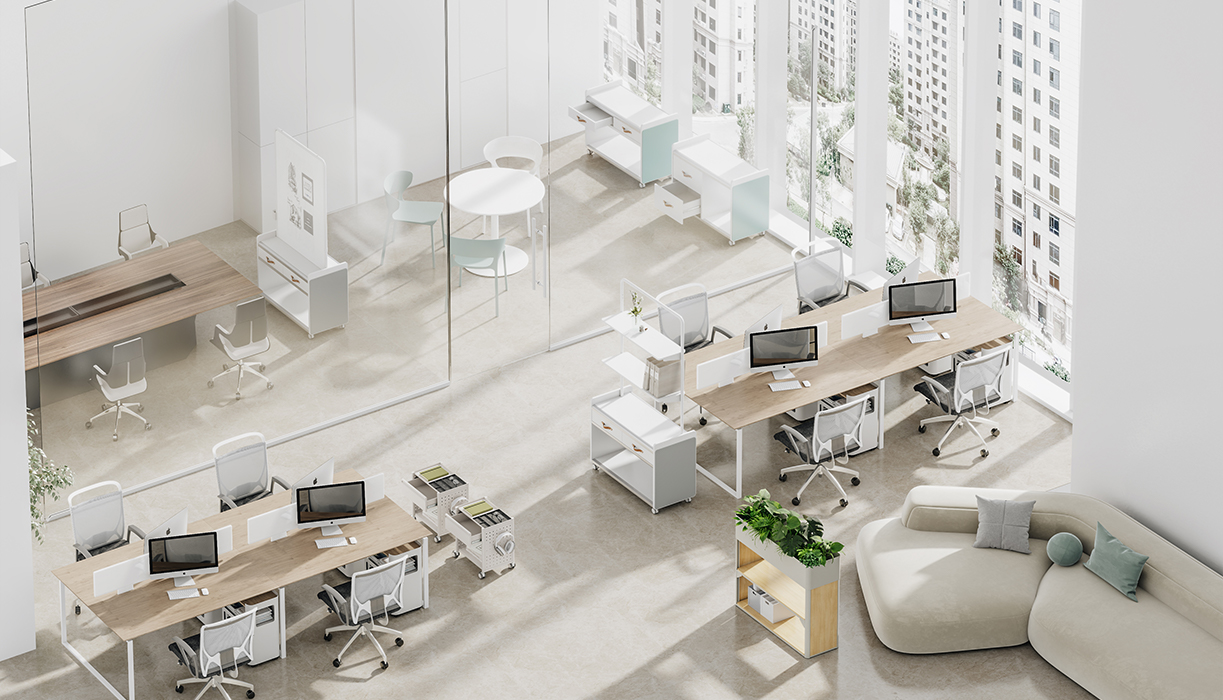
· Meeting and Collaboration Furniture
Designed for conference rooms and collaborative spaces, such as modular conference tables and chairs, mobile whiteboards, and partitions. Versatile and adaptable, allowing for quick reconfiguration to suit different meeting formats. These units often include integrated technology, such as built-in screens, power outlets, and connectivity ports. They support efficient teamwork and communication.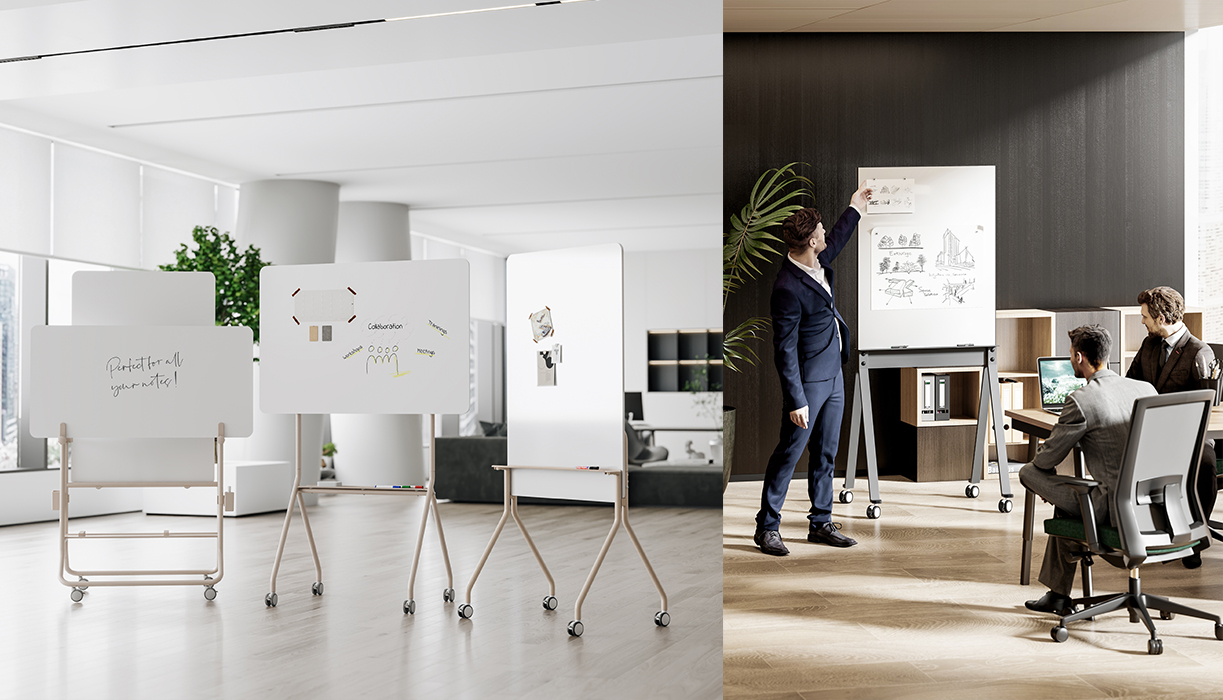
4. Activity Based Working (ABW)
Activity Based Working (ABW) is a modern office concept that supports different work activities with the right environments and tools. Integrated office furniture is perfect for ABW as it offers the flexibility and multifunctionality needed to create diverse workspaces. ABW encourages the use of various types of workstations, from quiet zones for focused work to collaborative areas for team projects. Modular office furniture and mobile modular solutions are key to implementing ABW, allowing for quick and easy reconfiguration of spaces to meet changing needs.
5. Considerations When Choosing Integrated Office Furniture
· Office Space and Layout
Assess the size and layout of your office to determine the appropriate type and size of integrated furniture. Ensure that the chosen pieces fit well within the available space without overcrowding.
· Functional Requirements
Identify the specific needs of your office. Consider what functions are most important, such as storage, desk space, or integrated technology, and choose furniture that meets these requirements.
· Aesthetic and Brand Consistency
Choose furniture that complements your office’s overall style and aligns with your brand image. Consistency in design helps create a professional and welcoming environment.
· Budget
Integrated office furniture comes in a range of prices. Determine your budget and look for high-quality pieces that offer the best value for money. Consider long-term investment benefits, such as durability and adaptability.
6. Conclusion
Integrated office furniture offers numerous advantages, including space optimization, multifunctionality, aesthetic consistency, and ease of installation. It provides an efficient and flexible solution for modern office environments. As workspaces continue to evolve, integrated office furniture will play a crucial role in creating functional and attractive office settings. Concepts like Activity Based Working (ABW) further enhance the adaptability and efficiency of office spaces. Consider incorporating these innovative designs into your office to enhance productivity and make the most of your available space.





